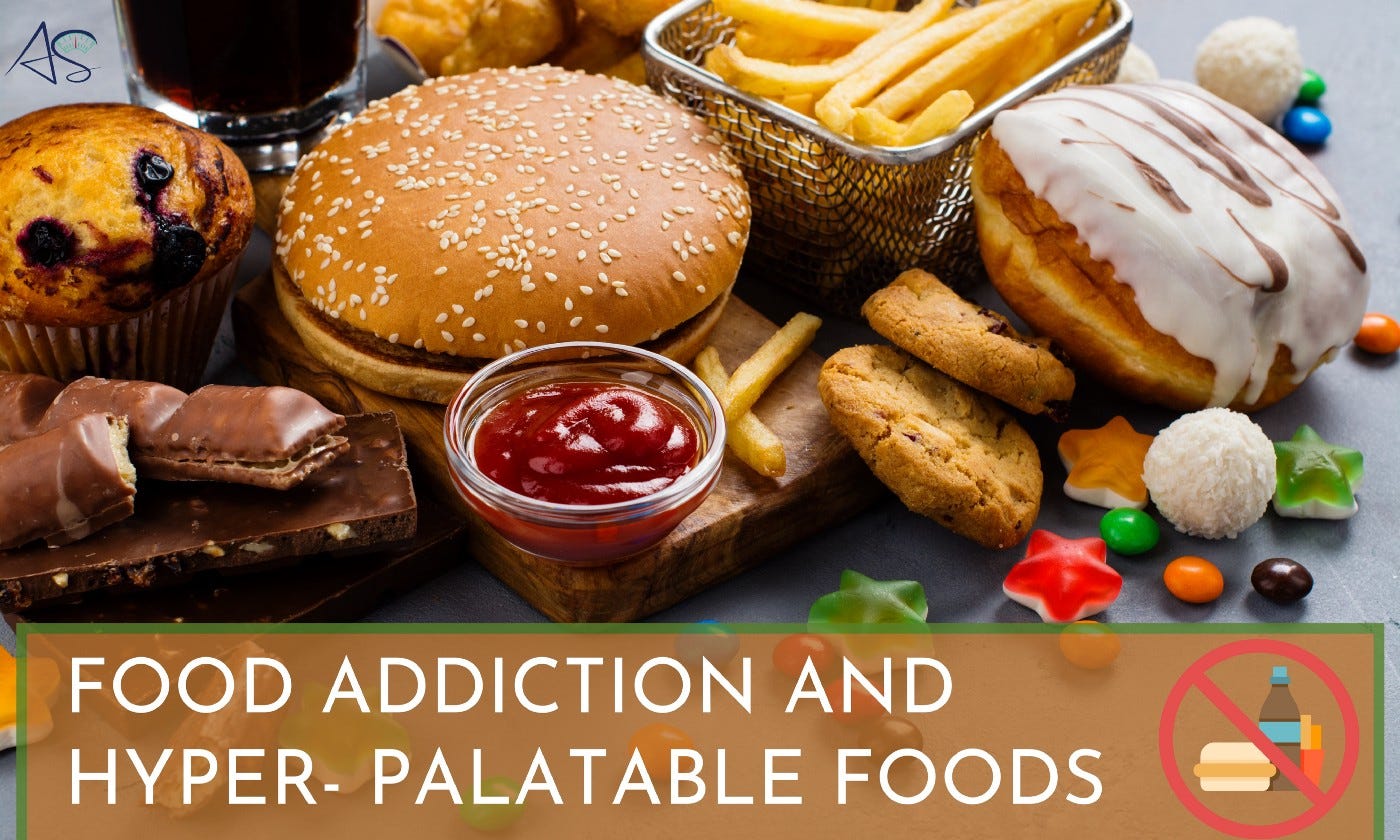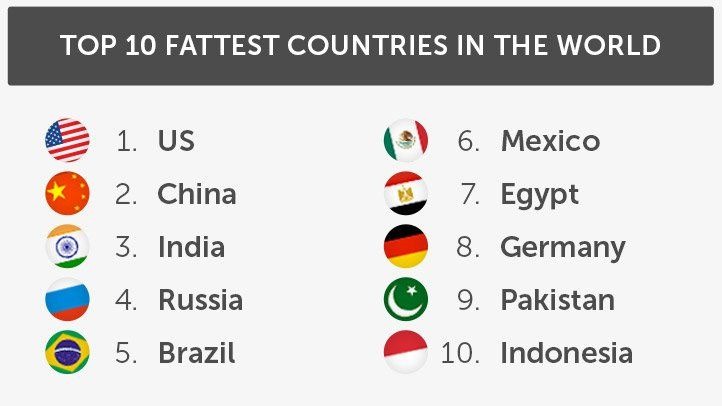
Obesity, as an epidemic, finds its beginnings within the last 100 years, though we have only seen its obvious growth since the 1970s (Kenney, Wilmore, & Costill, 2012). As Western society and culture moved from a subsistent nation to an industrialized one, we began slipping from the ways of old. That is, we began moving less. No more was there a need to be a “Jack of all trades.” We transcended into a society of specialization. With it came a simpler mode of living, but perhaps, at a cost.

Technological prowess and innovation defined this last century. In less than 100 years, we leaped from sailors exploring the oceans to satellites exploring the cosmos. As we moved out of the depression in the 1930s, the economy exploded after the Second World War. The baby boom marked this period of transformation of the nation. No longer did we require a subsistent economy based on small trade and self -reliance. Movement was a prerequisite in families of times gone by, when all members contributed to sustaining the household. Now, driveways need not be shoveled: snow blowers do the job sufficiently. This is but a small example of how technology made our lives easier, not necessarily better.

100 years ago, processed foods were minimal, mostly in the form of alcohol and breads. Now, the markets are filled with many forms of processed products. Moreover, processed food is a dominant form of sustenance both in high-income and middle-income countries such as the United States (Monteiro, Moubarac,Cannon, Ng, & Popkin, 2013). With it came large portions of salts, sugars, and preservatives; compounds once minimal at best in both our bodies and our culture. Now, it is considered normal by most. Other students in our class have done an outstanding job outlining the complications of these changes.

I posit that our technological, economical, and agricultural transformations lay at the foundation of the obesity problem. Upon this premise exist all of the complications that we see today: less activity, easier living, overconsumption of calories, complications of each, and their relationships to each other.
In many ways, our exercise profession came to exist because of the departure from our lives a century ago. That is, we are here to fill a gap as advisors to physical activity and nutrition that existed naturally generation’s prior. The evidence of obesity, its causes and its complications exist in abundance yet fall unheard. I believe that true change will find its greatest influence from a political level, where policies are formed, attitudes changed, and where voices are truly heard.
References
Kenney, W. L., Wilmore, J. H., & Costill, D. L. (2012). Physiology of sport and exercise (5th ed.). Champaign, IL: Human Kinetics.
Monteiro, C. A., Moubarac, J. C., Cannon, G., Ng, S. W., & Popkin, B. (2013). Ultra-processed products are becoming dominant in the global food system.Obesity Reviews. Retrieved from http://www.ncbi.nlm.nih.gov/pubmed/24102801
-Michael McIsaac
